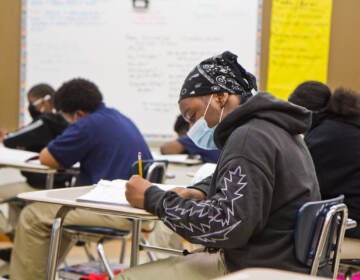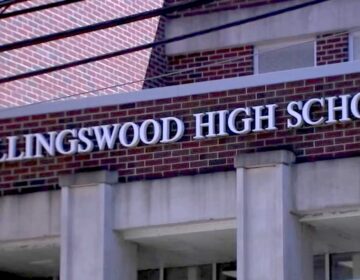Advocates say Pa. budget cuts targeted poor school districts
Education professionals and analysts say state budget cuts fell disproportionately on Pennsylvania’s poor school districts.
A policy advocate with the Education Law Center in Philadelphia said Tuesday state lawmakers could have chosen to make cuts equally across classrooms, but instead made cuts that would be felt more acutely by poor districts, large and small.
Baruch Kintisch said the state “chose to hit the biggest school districts,” which very often have the highest poverty, because lawmakers wanted to cut overall spending.
Kintisch, who said the Reading School District in Berks County is one example, noted 90 percent of its students are poor, and cuts amount to $972 per student.
“But very close by, also in Berks County, is the Wyomissing school district. There are only 22 percent of students there in poverty and that district lost just $95 per student,” he said. “So compare $972 versus $95.”
The Brownsville Area School District, which is relatively small and relatively poor, is another example.
Superintendent Dr. Phil Savini said the latest round of state funding cuts hit his rural Fayette County district and others like it pretty hard because poor districts rely more heavily on subsidies than on property taxes for their budgets.
“If you received, as a poor district, $1 million from a subsidy for kindergarten, or through some type of grant, that money then will be taken away from you,” he said. “So the district then must find a way to fund that program or eliminate it.”
Savini said the Brownsville School District has been able to avoid layoffs and keep its kindergarten program, but its athletic programs have been scaled back and it has chosen not to buy certain teaching software.
WHYY is your source for fact-based, in-depth journalism and information. As a nonprofit organization, we rely on financial support from readers like you. Please give today.




